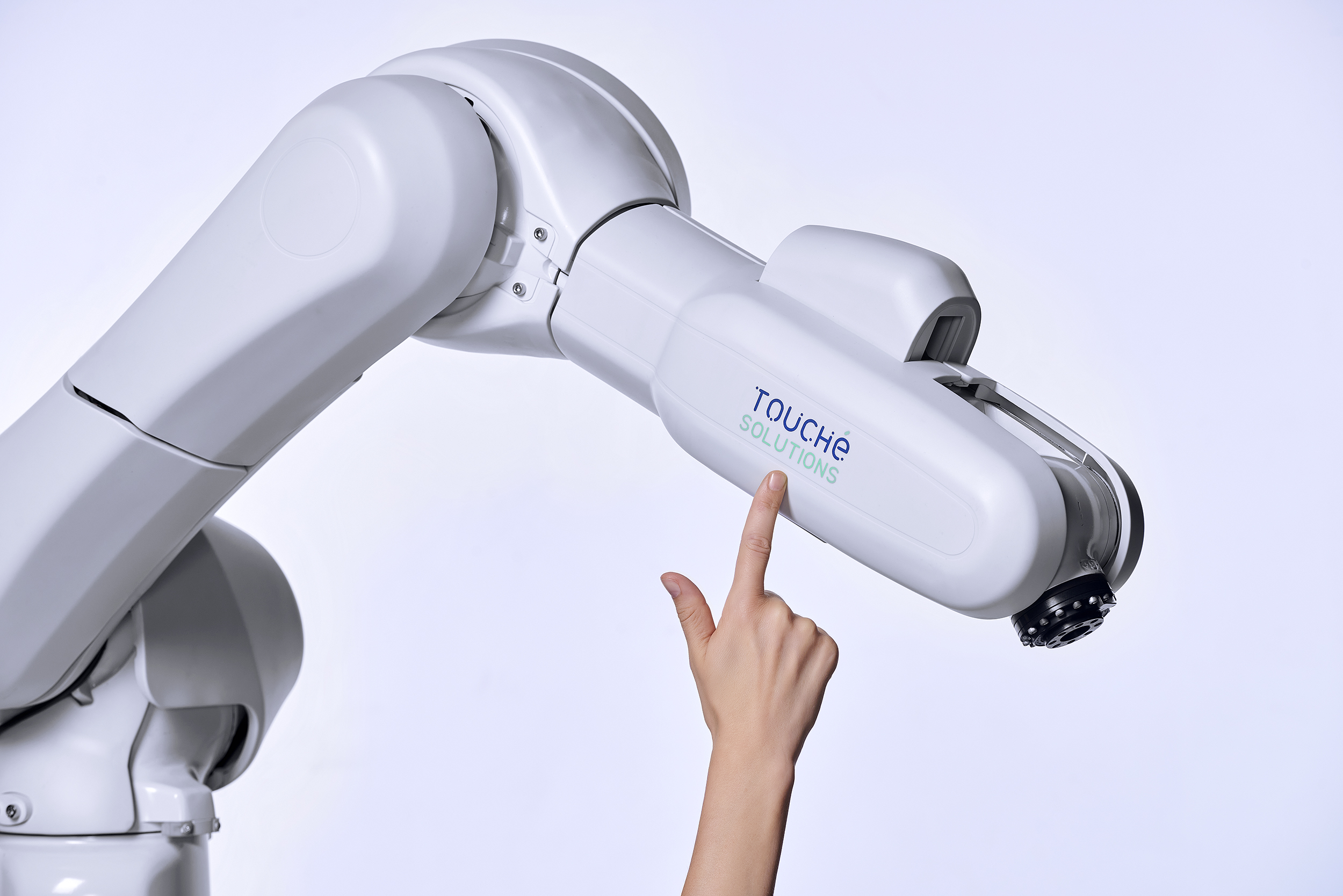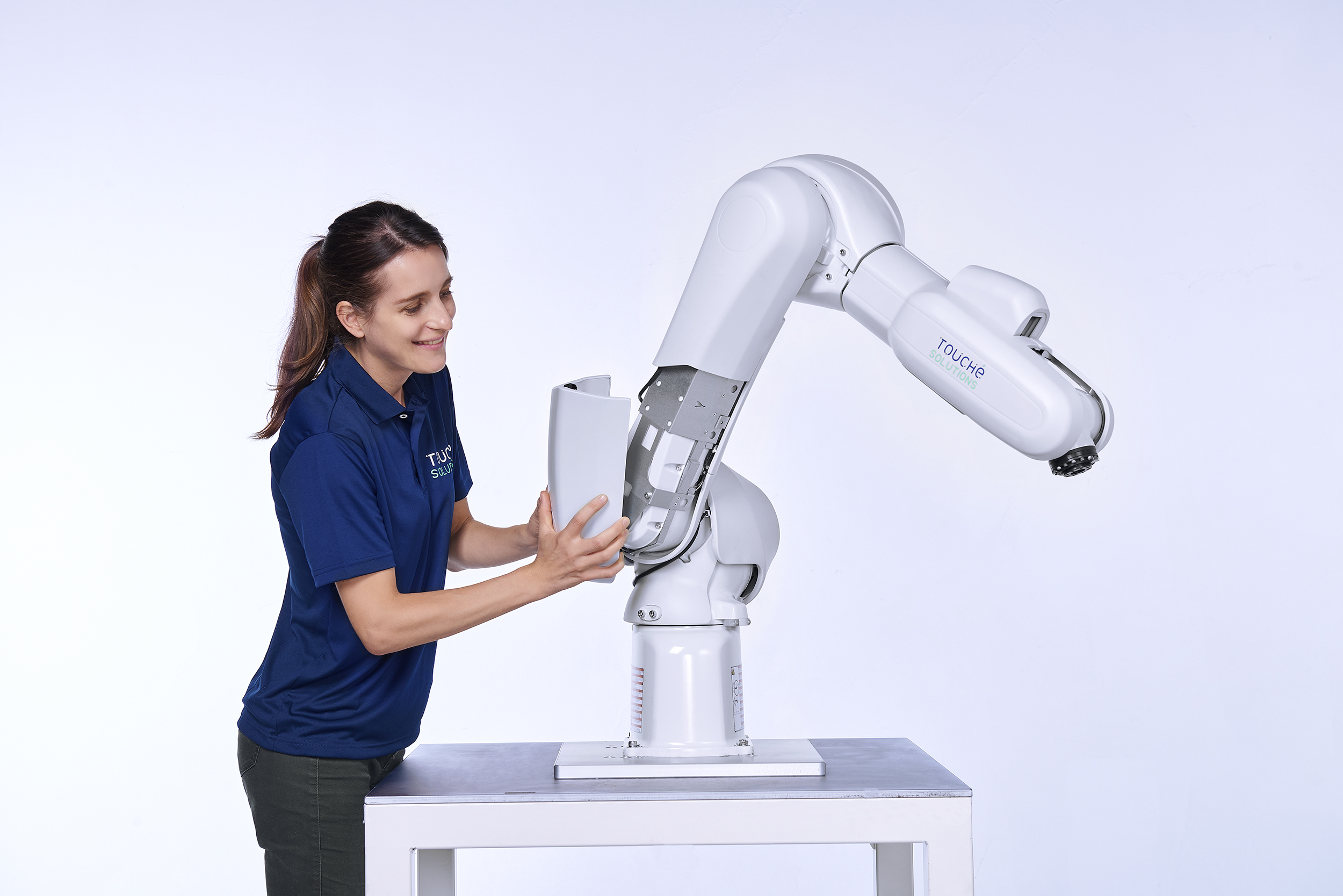
The ISO Technical Committee 299 Robotics (ISO/TC 299) published Type C standard ISO 10218 for robots, robot systems and applications which has been adopted in whole or in part by major countries around the world. This enables global compliance for robot makers and integrators with minimal differences. Technical Specification 15066 supports and provides additional guidance for the collaborative safety functions. ISO standard 10218-1 is the new revision that has improved clarity about safety functions and their functional safety requirements. It stipulates three safety functions to enable collaborative applications:
Hand Guiding Control: It allows contact between humans and robots; robot motion only through direct input of operator. Speed & Separation Monitoring: No contact; the speed of the robot changes depending on the distance between a human and the robot. Power & Force Limiting: Incidental contact between moving robot and human body region is possible. In the event of contact, the robot should be controlled and only impart limited force to the human body.

T-Skin can reduce the risk of collisions between humans and robots by its “contact-stop” feature. It features high-sensitivity sensors (a light touch of 1 kg. of force is enough to trigger an emergency response). Other key characteristic is its seamless integration with a wide range of robot manufacturers and models. T-Skin became the first tactile sensing product to comply with ISO/TS 15066. Touché Solutions further developed the M-Teach in order to achieve easy training of robots by allowing precise positioning, intuitively and quickly. The main concern is always safety. As a pioneer in the industry, Touché Solutions has acquired CE certification, ISO 13849-1 (Functional Safety) & ISO 13856-3 (Product Safety).

In conclusion, in all forms of human robot collaboration, a physical contact between the robot and a human body is always possible. From coexistence to responsive collaboration, the power & force limiting is necessary to provide the most important safety function for essential safeguarding. The benefits of HRC are obvious, such as higher quality and efficiency in production bringing competitive advantage. T-Skin of Touché Solutions is helpful for industrial robots to fulfill the safety requirements for human-robot collaboration, and provides options to embedded and aftermarket technology. It has cooperated with world-leading robotic manufacturers such as ABB, FANUC, and Mitsubishi Electric to name a few.
About Touché Solutions
In a world of “small-volume and large-variety” production to satisfy diversified demands, current safety solutions eliminate the most powerful and flexible resource on the production line: humans. Touché Solutions believes the future of modern flexible production is human-robot collaboration. T-Skin of Touché Solutions is helpful for industrial robots to fulfill the safety requirements for human-robot collaboration, and provides options to embedded and aftermarket technology.